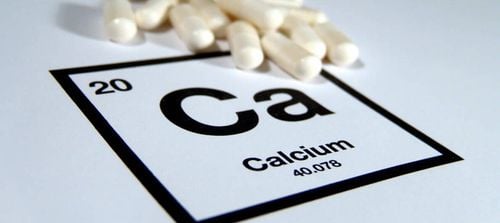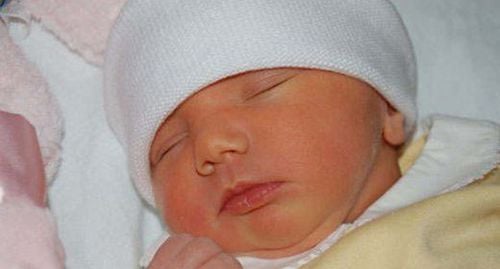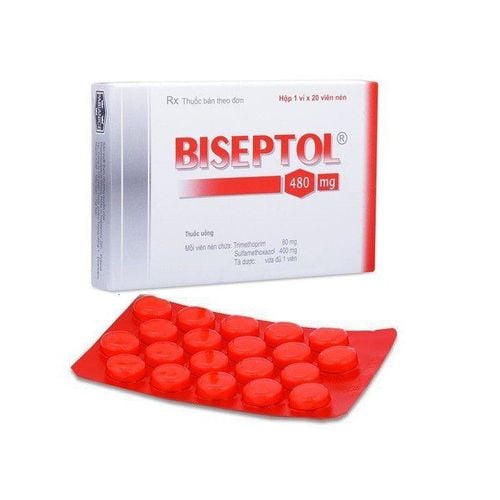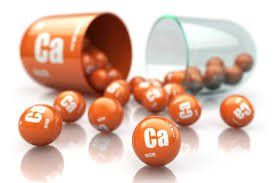This is an automatically translated article.
Newborn skin characteristics are expressed through the functions of protection, secretion, regulation,... Newborn muscle characteristics are expressed through muscle strength and tone. The characteristics of the infant's bones depend on bones such as the skull, spine, rib cage and teeth.
1. Baby skin characteristics
1.1 Structure Structurally, a newborn's skin has the following characteristics:
Contains a lot of water Thin and spongy Muscle fibers and elastic fibers are underdeveloped At birth, the epidermis on the skin is shed, or even called causative agent, has an ivory white color, helps to protect, immune and reduce heat loss. After birth, children may experience physiological phenomena such as red or yellow skin (accounting for 80-85%) or pathological jaundice.
Beneath the skin is a layer of fat that is formed when the fetus is 7-8 months old. After birth, a baby's subcutaneous fat layer develops especially strongly during the first 6 months.
1.2 Physiological functions Physiologically, newborn skin characteristics are expressed through the following functions:
Protection: The skin has the function of protecting the deep layers of organization against external agents. In young children, especially infants, this function is weaker than in adults, so young children's skin is very susceptible to infection and damage.
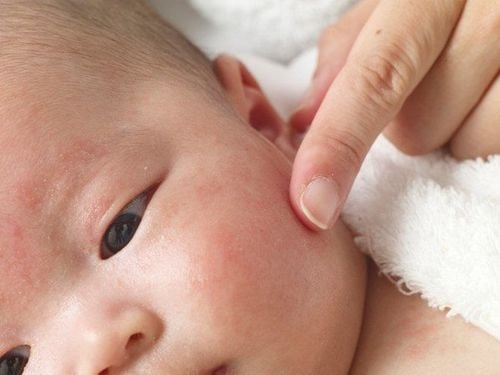
Da của trẻ yếu nên rất dễ bị tổn thương
Excretion and respiration: In contrast to the protective function, the respiratory function in young children is stronger than in adults. However, the baby's skin has not yet performed the function of excreting sweat in the first few months because the sweat glands are not active. Thermoregulation: Similar to the excretory function, the newborn skin's characteristics in the first months of life are the underactive sweat glands and the immature nervous system, so the thermoregulatory function is worse than that of humans. Children are very susceptible to heat or cold. Metabolism: In addition to the above functions, the skin also performs a metabolic function. Under the effect of ultraviolet rays, the skin will convert to vitamin D.
2. Newborn muscle characteristics
2.1. Structure In terms of structure, the infant's muscular system has the following characteristics:
Contains a lot of water Low in protein, fat and inorganic salts In young children, especially infants, if they have diarrhea, it will make them sick. easy to lose weight.
2.2 Physiological characteristics Physiologically, the infant's muscle characteristics are reflected in the following two factors:
Mechanical strength: In young children, muscle strength is usually weaker than that of adults, so children should not be allowed to work. or over-exercise. The right side is usually stronger than the left side. Muscle tone: In the first 2-4 months after birth, the baby has an increase in physiological muscle tone, which is evident in the upper and lower extremities.

Trương lực cơ của trẻ sẽ phát triển thấy rõ trong khoảng 2-4 tháng đầu sau sinh
3. Infant bone characteristics
3.1 Structure In terms of structure, the bones of the newborn have the following characteristics:
Fetal stage: During the fetal stage, the bones of the fetus are mainly cartilaginous. Bones continue to form and develop until the age of 20-25. Infancy: In infants, the bones contain a lot of water and few mineral salts. Therefore, the bones of a newborn are very soft and stretchy. The composition of bones changes as the child grows, increasing mineral salts and decreasing water. To determine the age of the child can be based on the ossification score. 3.2 Characteristics of some bones Depending on the type of bone, there will be different characteristics. Below are the characteristics of some bones in infants:
Skull: In newborns, the skull bones of the head are characterized by being longer than the face, the size of the skull of the child is also relatively larger than that of the skull. body and compared to adults. During the first years, the skull size grows very rapidly. An infant's skull has two fontanels anterior and posterior. The posterior fontanelle is smaller than the anterior fontanel and closes early in the first 3 months, while the anterior fontanel closes when the child is about 12-18 months old. Spinal bones: Unstable spinal bones are a feature of newborn bones. At birth, a baby's spine is very straight. However, bone characteristics change with each month of age. When children are 2 months old, the axis of the dorsal spine turns forward, at 6 months old, the axis of the dorsal spine turns backward. And when the child is 1 year old, the spine in the back is curved forward.

Sự thay đổi xương cột sống của trẻ qua các năm
Thoracic bones: In infants under 1 year of age, the thoracic bones have an anterior - posterior diameter equal to the transverse diameter. Teeth: 6 months old is the age when children start teething. By the age of 2, children will have completed the eruption of baby teeth (20). Recognizing newborn skin characteristics as well as muscles and bones will help parents better understand and care for their babies in the first years of life.
Vinmec International General Hospital is the address for receiving and examining respiratory diseases that infants and young children are susceptible to: viral fever, bacterial fever, respiratory infection, pneumonia in children, .... With modern equipment, sterile space, minimizing the impact as well as the risk of disease spread. Along with that is the dedication from the doctors with professional experience with pediatric patients, making the examination no longer a concern of the parents.
Customers can directly go to Vinmec Health system nationwide to visit or contact the hotline here for support.




